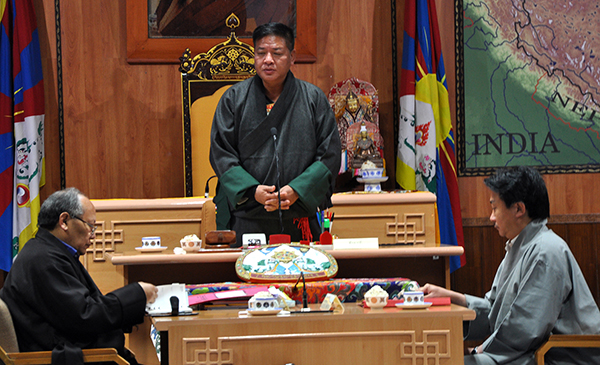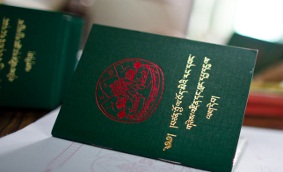The Tibetan Parliament-in-Exile has concluded the Budget session for the financial year 2105-16. During the 12-day session, in addition to setting the Budget for this year, Parliament discussed the situation inside Tibet and the continuing self-immolations there, as well as reaffirming the Middle-Way Approach as the only practicable way to resolve the issue of Tibet through dialogue with China.
The Parliament-in-Exile passed a resolution to amend the Tibetan Charter to allow a new parliamentary seat for Australasia – Australia, New Zealand and the rest of Asia excluding India, Nepal and Bhutan.
At the opening session Mr Penpa Tsering, the Speaker, spoke on the critical situation escalating inside Tibet in the wake of the ongoing self-immolation protests there since 2009. He mentioned that five Tibetans have set themselves on fire since the last session of Parliament, leading to a total of 136 self-immolations in Tibet to date. Resolutions were proposed expressing solidarity with the Tibetan self-immolators and expressing condolences to the families of the many Tibetans who have sacrificed their lives for the cause of Tibet.
The budget session reported the government’s total expenditure for the previous financial year (2014-2015) of INR 2,212 million, with a total income of INR 2,045 million. The predicted expense for the coming financial year is INR 2,018 million, with an expected income of INR 1,900 million. “With these huge expenses and limited source of income, up-to-date payment of the Green Book (Tibetan voluntary contribution book) is the least we Tibetans can do to support our own administration” said Speaker Penpa Tsering.
In conclusion, the Speaker said he appreciated the active and wholehearted participation of the members, and emphasised the need to abstain from baseless personal remarks.
The 12-day session ran from March 16-28. It was the ninth session of the 15th Tibetan Parliament-in-Exile.The current parliament comprises 44 members: 10 representing each of the traditional provinces; two each for the four different Tibetan Buddhism schools and the Bon religion; and two each representing Europe and North America.







 Print
Print Email
Email